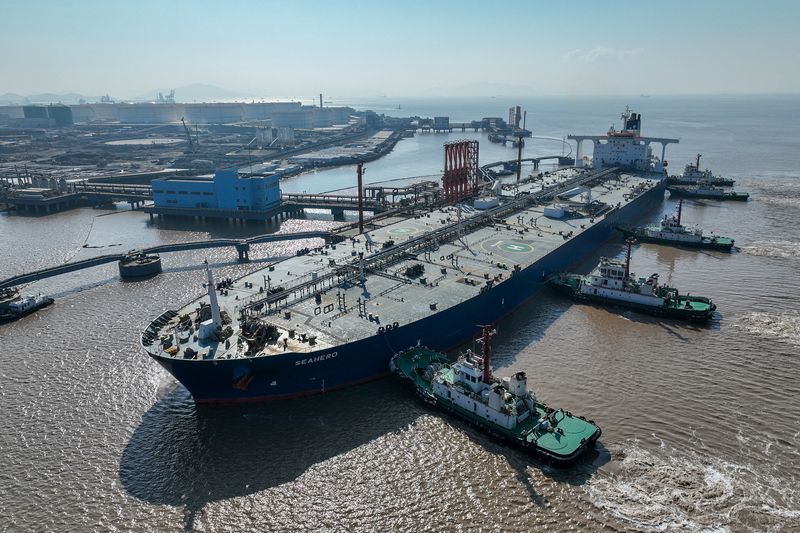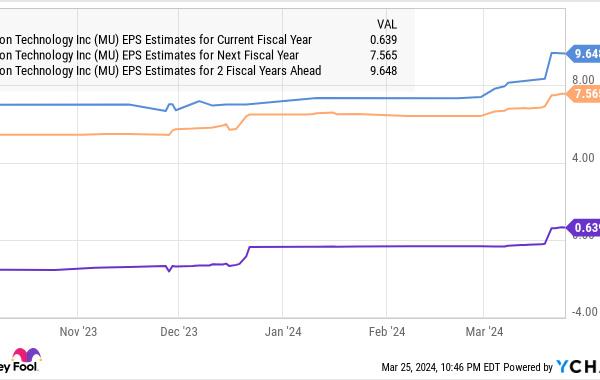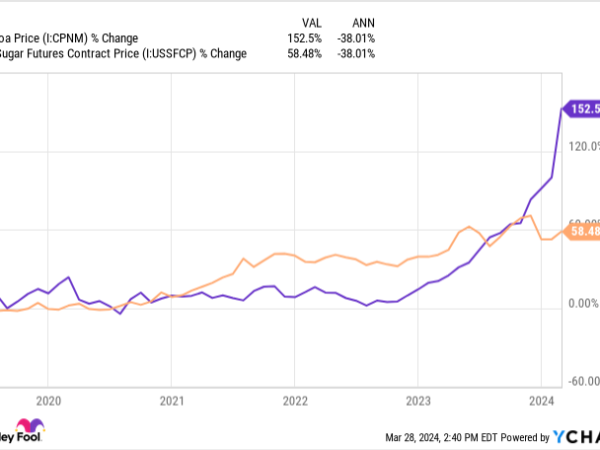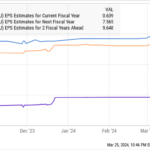
Introduction
By Florence Tan
SINGAPORE (Reuters) -Oil prices rose on Monday, adding to recent gains amid expectations of tighter supply from OPEC+ cuts, attacks on Russian refineries, and as upbeat Chinese manufacturing data supported outlooks for improving demand.
Oil Prices Rise
Brent crude rose 24 cents, or 0.3%, to $87.24 a barrel by 0649 GMT after rising 2.4% last week. U.S. West Texas Intermediate crude was at $83.45 a barrel, up 28 cents, or 0.3%, following a 3.2% gain last week. Trade volumes are expected to be thin on Monday as several countries are closed for Easter holidays.
OPEC+ Cuts Impact
Both benchmarks finished higher for a third consecutive month in March, with Brent holding above $85 a barrel since the middle of last month, as OPEC+ pledged to extend production cuts to the end of June, tightening crude supply during summer in the Northern Hemisphere.
Russian Deputy Prime Minister Alexander Novak said its oil companies will focus on reducing output rather than exports in the second quarter, following drone attacks from Ukraine that knocked out several Russian refineries impacting fuel exports.
Geopolitical Risks
Drone attacks from Ukraine have affected Russian refineries, reducing fuel exports. Energy Aspects analysts highlighted the risks to supply, with almost 1 million barrels per day of Russian crude processing capacity offline.
Global Demand Outlook
Europe’s oil demand exceeded expectations, rising in February, while a possible extension of OPEC+ cuts through 2024 outweighed downside risks from softness in China’s demand, according to Goldman Sachs analysts.
Production Data and Economic Impact
U.S. crude oil production dropped in January due to freezing weather, and China’s manufacturing activity expanded in March, supporting oil demand as investors watch for signs of when the Federal Reserve will cut interest rates.
Conclusion
Overall, oil prices are on the rise due to various factors impacting supply and demand globally, with geopolitical risks and economic data playing crucial roles in shaping the market outlook.





















